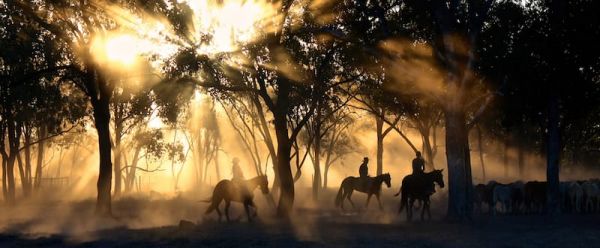|
Its coming into green grass and cold weather time and we need to remember the challenges this can create for our cattle.
Vet Andrew Denman explains what causes grass tetany and how we can pro-actively manage our cattle to reduce its incidence....and when it's time to call the vet.
"Grass Tetany (grass staggers, lactation tetany, hypomagnesaemia) is a fatal disease that occurs in cattle when their blood level of magnesium becomes critically low. Cattle can only store a little amount of magnesium in their body and they loose magnesium in many ways (but will loose large amounts in their milk). If they do not replenish this loss then they will become low in magneisum and clinical sings of hypomagnesaemia will occur.
We now know that grass tetany is not just caused by low levels of magnesium in the pasture or rumen, but other factors can effect the absorption of magnesium into the blood stream. The levels of potassium, chlorine, sodium and manganese can interfere with the amount of magnesium a cow absorbs from its rumen. Stress also plays a role in magnesium absorption into the blood.
At OVH we see most of our cases of grass tetany when cows are in peak lactation (INCREASED LOSS) and on lush green feed (DECREASED UPTAKE) during bad weather (DECREASED UPTAKE).
The signs of grass tetany vary, with mild cases showing slight twitching of the face and ears, wary behaviour and stiff gait that worsens with stress. Moderate signs show a typical "high goose stepping gait", very aggressive behaviour and staggers. Severe signs can include sudden death or cows down seizuring.
Treatment involves replenishing magnesium levels in the blood, which can be done by subcutaneous or intravenous injections of magnesium. If you suspect grass tetany in your herd please contact OVH immediately for safe and effective treatment (overdosing with Mg can kill cows).
As with all metabolic diseases in cattle prevention is the best treatment. Various ways to prevent grass tetany are available including spraying hay with Mg products, blocks, loose licks and Mg supplementation in water troughs. Again please contact the veterinary hospital and talk to any of the vets about these strategies."
|
